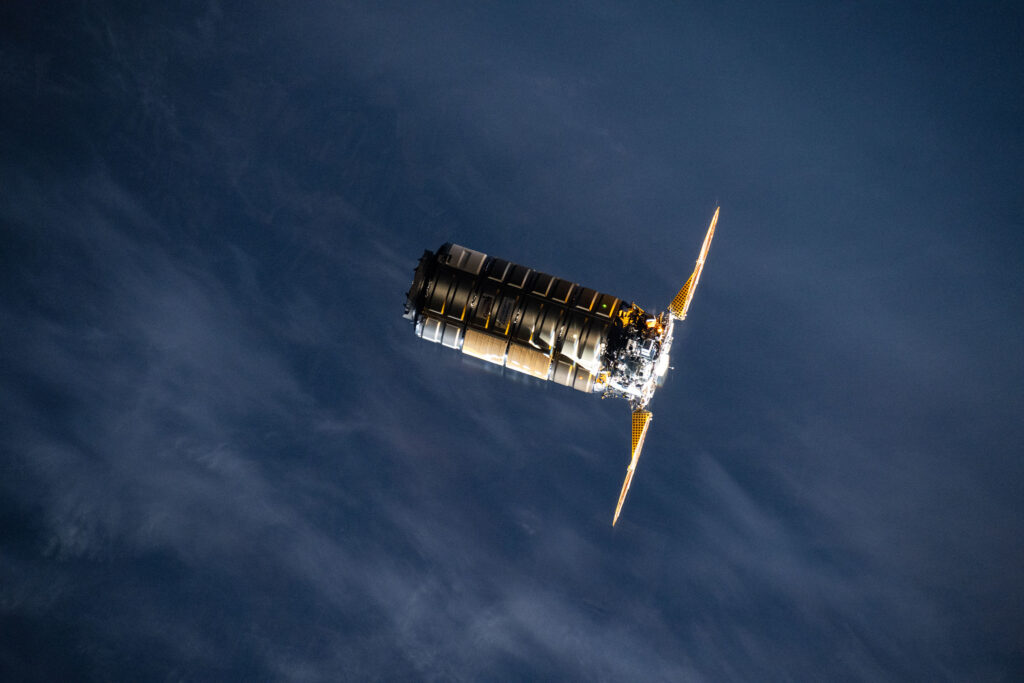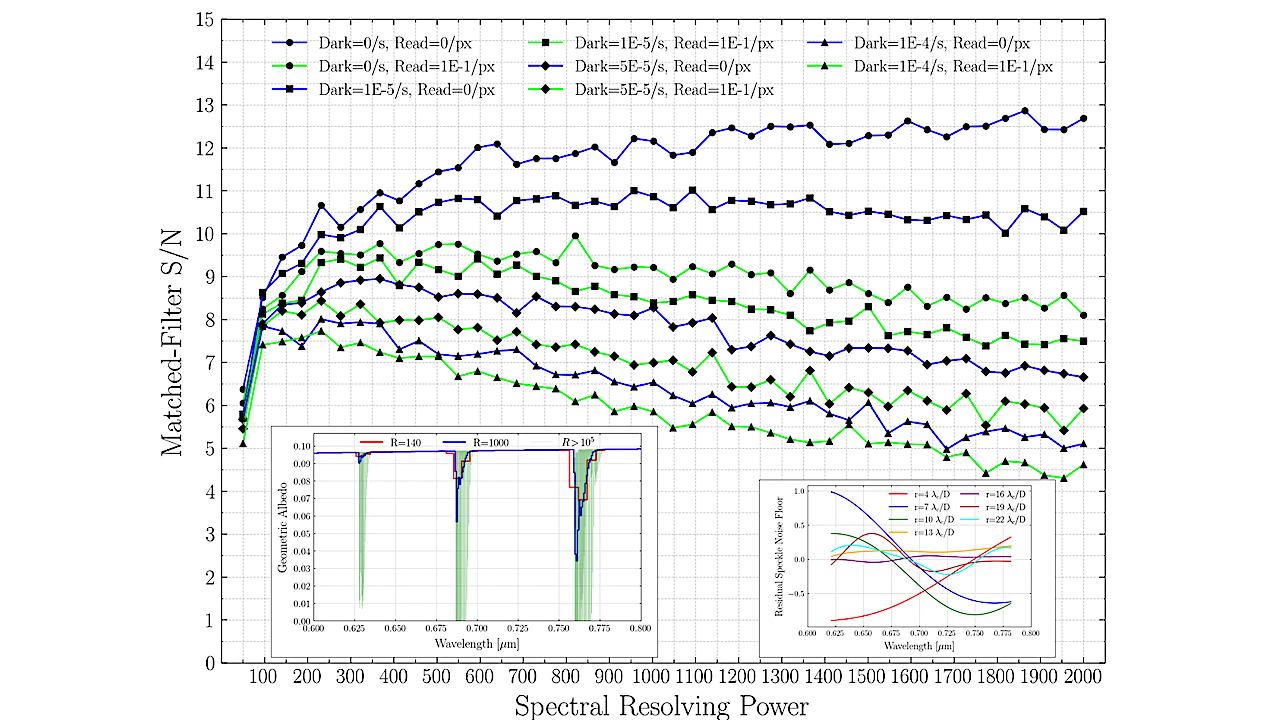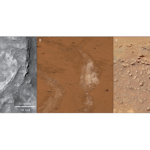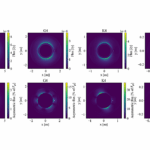Now Reading: Sateliot hails first standards-based IoT connection from LEO to a commercial device
-
01
Sateliot hails first standards-based IoT connection from LEO to a commercial device
Sateliot hails first standards-based IoT connection from LEO to a commercial device


TAMPA, Fla. — Spain’s Sateliot says it has achieved the first narrowband connection from a low Earth orbit (LEO) satellite to a commercial Internet of Things (IoT) device built to global 5G standards known as 3GPP Release 17.
The startup said Oct. 7 it sent data from one of its four operational LEO satellites to an nRF9151, a low-power cellular module from Norway’s Nordic Semiconductor that is typically used in sensors for tracking or monitoring, via the same network protocols as a regular mobile network.
“For the first time, a LEO satellite under 3GPP Release 17 has successfully connected directly to a commercial IoT cellular device,” Sateliot chief technology officer Marco Guadalupi told SpaceNews.
“This device was built in accordance with 3GPP Release 17 [non-terrestrial network (NTN)] standard definitions, and other manufacturers are expected to release similar devices following the same standard.”
In partnership with Danish software provider Gatehouse Satcom, Guadalupi said it sent an end-to-end message during the space demonstration using an nRF9151 without any hardware modifications. Further details were not disclosed.
Unlike SpaceX, which is connecting smartphones through its Starlink LEO network using a proprietary approach with cellular partners such as T-Mobile in the U.S., Guadalupi said Sateliot’s service would integrate directly with existing mobile networks under open 5G protocols. This, he said, enables “true interoperability and global roaming” across terrestrial and satellite infrastructure.
“This achievement is the culmination of years of work,” he added, “not only in developing our own satellites, but also in actively contributing to the definition of the 5G standard through participation in dozens of industry working groups.”
Sateliot plans to distribute Nordic’s nRF9151 devices next year to companies enrolled in its early adopters program.
The venture said it has signed recurring contracts worth 250 million euros ($272 million) with more than 450 customers across over 50 countries, targeting 1 billion euros in annual revenue by 2030.
“In collaboration with a partner company, we are currently developing five additional satellites scheduled for launch in Oct 2026,” Guadalupi said via email.
“And the plan is to launch 16 more in 2027 but details are not disclosed yet. Our long-term vision is to deploy a constellation comprising hundreds of satellites.”
He said Sateliot expects to share more information about its deployment plans in November.
The Barcelona-based venture completed a 70 million euro Series B funding round earlier this year, including an investment from the Spanish Society for Technological Transformation (SETT), a state-backed fund focused on strategic technologies.
Stay Informed With the Latest & Most Important News
-
 012024 in Review: Highlights from NASA in Silicon Valley
012024 in Review: Highlights from NASA in Silicon Valley -
 02Panasonic Leica Summilux DG 15mm f/1.7 ASPH review
02Panasonic Leica Summilux DG 15mm f/1.7 ASPH review -
 03How New NASA, India Earth Satellite NISAR Will See Earth
03How New NASA, India Earth Satellite NISAR Will See Earth -
 04And Thus Begins A New Year For Life On Earth
04And Thus Begins A New Year For Life On Earth -
 05Astronomy Activation Ambassadors: A New Era
05Astronomy Activation Ambassadors: A New Era -
06SpaceX launch surge helps set new global launch record in 2024
-
 07Space Force plans new ‘Futures Command’ amid pressure to speed up modernization
07Space Force plans new ‘Futures Command’ amid pressure to speed up modernization




















